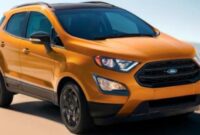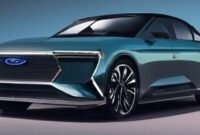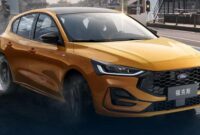Much like the automotive industry at large, electric powertrains appear to be a major part of the motorhome’s future. At this year’s Florida RV SuperShow in Tampa, Winnebago introduced the eRV2 as its newest concept for a zero-emissions camper.
eRV2 uses the Ford E-Transit as a starting point. Winnebago covered the van with wraps showing various places in North America and things to do with electric RVs.

25 Photo
Like most motorhomes, the really special thing about the eRV2 is inside. Winnebago packs in the interior all the amenities of a traditional camper, but all run on electricity. The company partnered with Lithionics Batteries for a 15 kilowatt-hour, 48-volt package that fits under the floor. There’s also a 900-watt solar array on the roof to charge these batteries when off-grid.
By Winnebago estimates, the eRV2 offers enough power for seven days of off-grid camping for two people. To make this possible, the company estimates the solar cells need at least four hours of full sunlight per day. The campers wouldn’t be able to use the air conditioning or heat. However, they can cook food, bathe, run the fridge and operate the roof fans overnight.
The eRV2 cabin uses many recycled and renewable materials. Recycled fabrics from recycled plastic bottles cover the lounge area. Countertops is a kind of acrylic of biodegradable material.
For working from the road, there are two workspaces inside the eRV2. They have a built in charging point. There is also a Wi-Fi router inside.
Winnebago explained that the eRV2 is purely a concept for now. This version of the E-Transit has a range of only 108 miles (174 kilometers), and the company believes commercial versions of the product need to go further. Ideally, owners want to drive for three hours between charges.
However, Winnebago launched a pilot program where people can test drive the eRV2 and provide feedback to the company to improve the vehicle. This test focuses on the states of Florida, California, and Washington.



